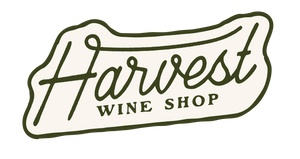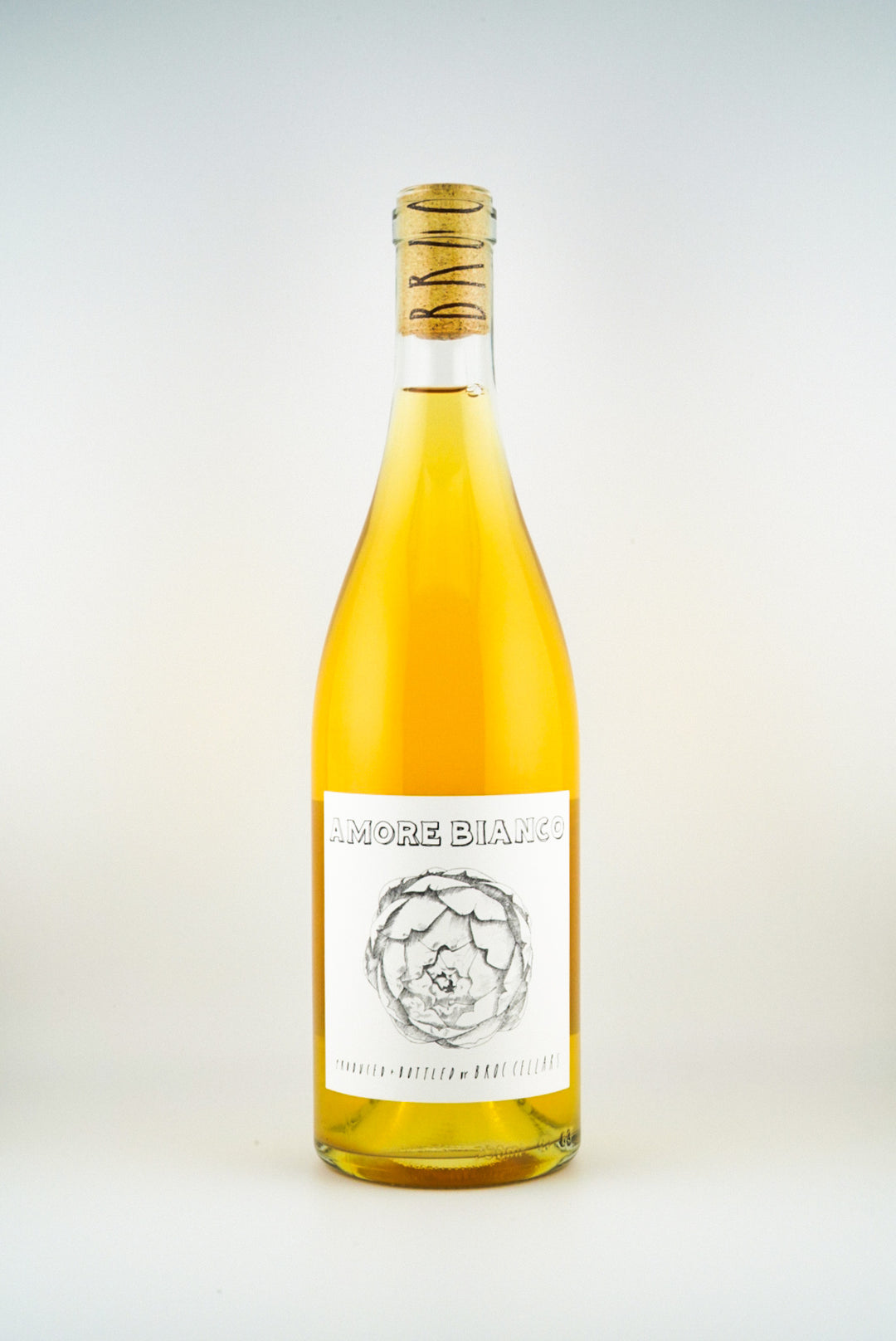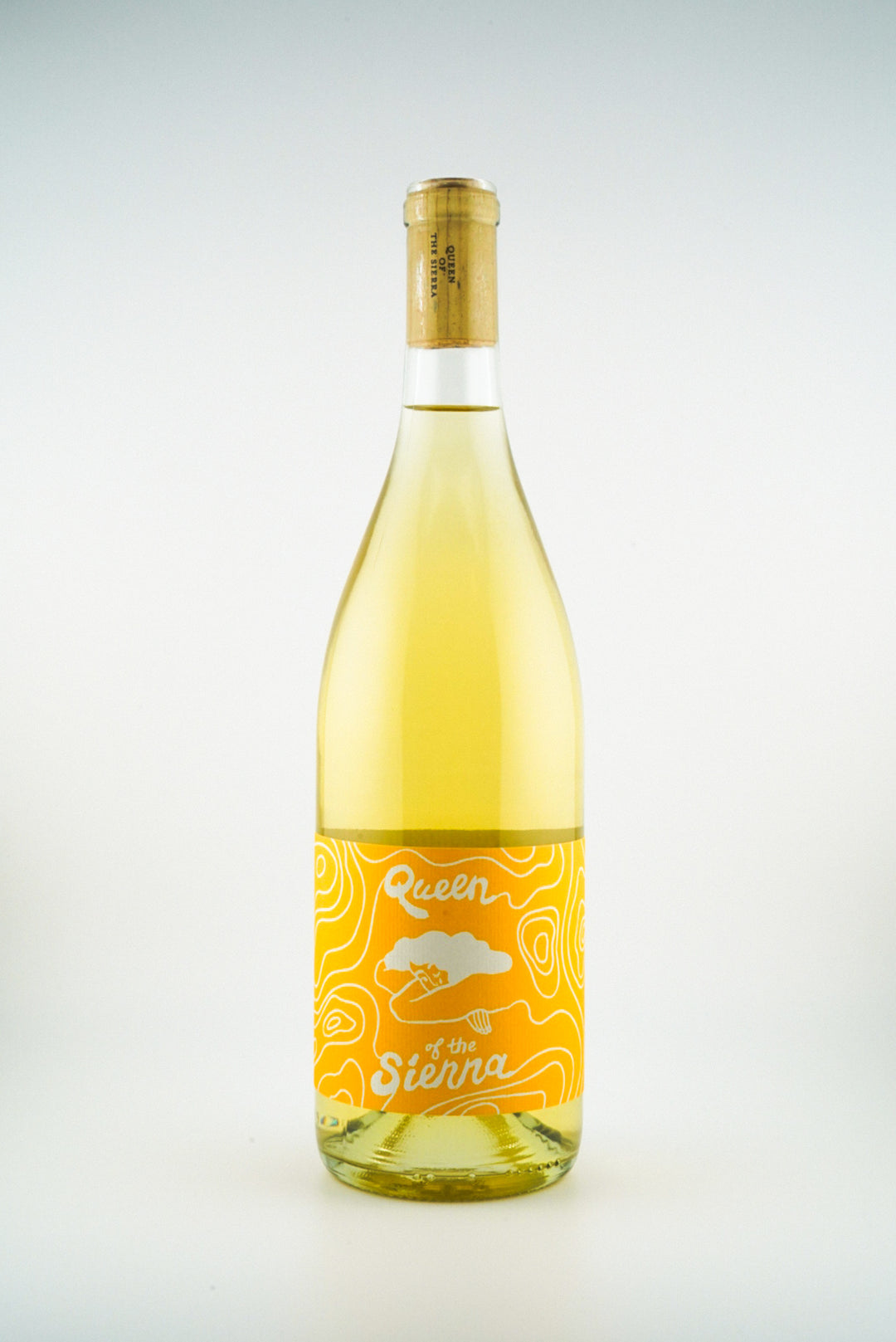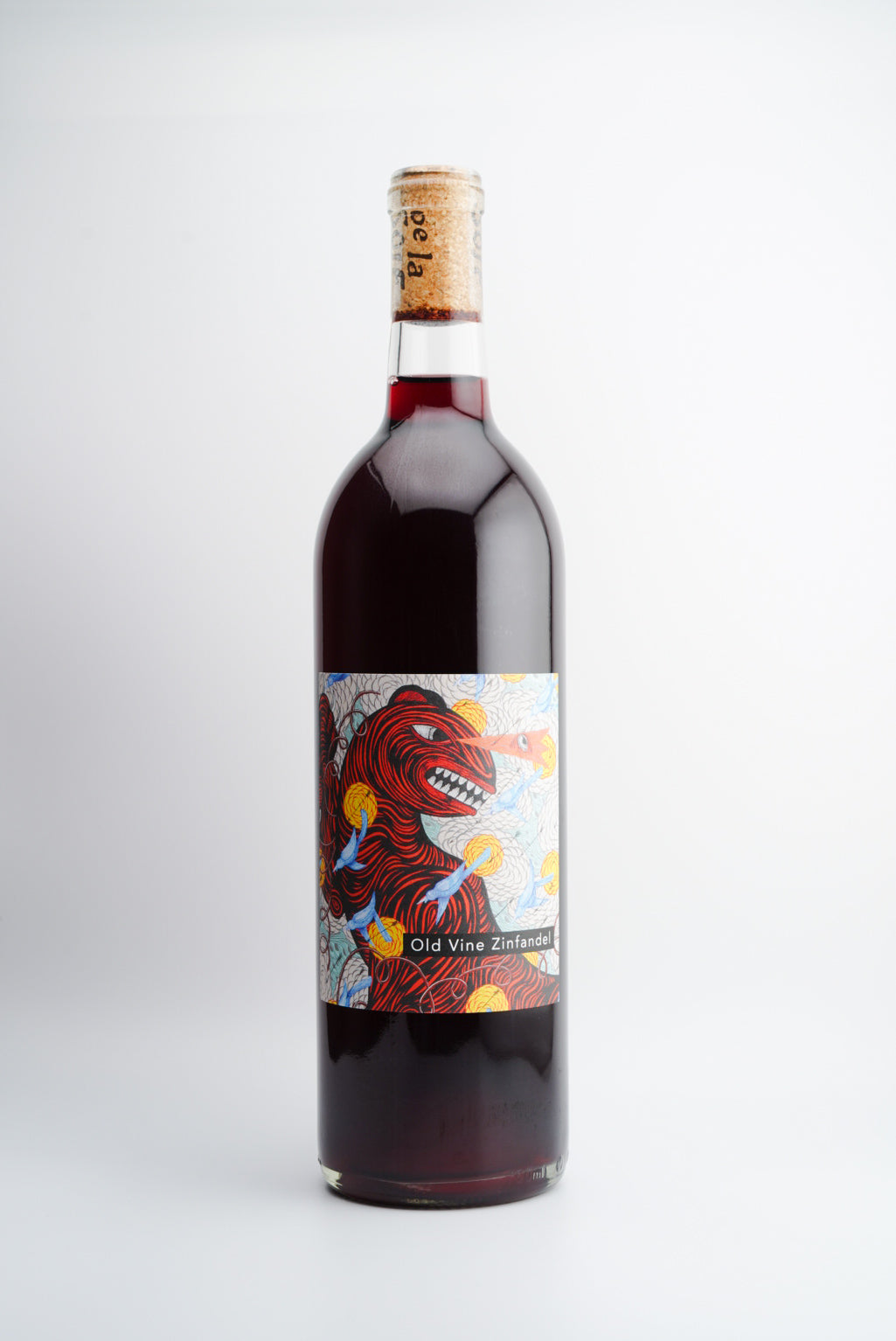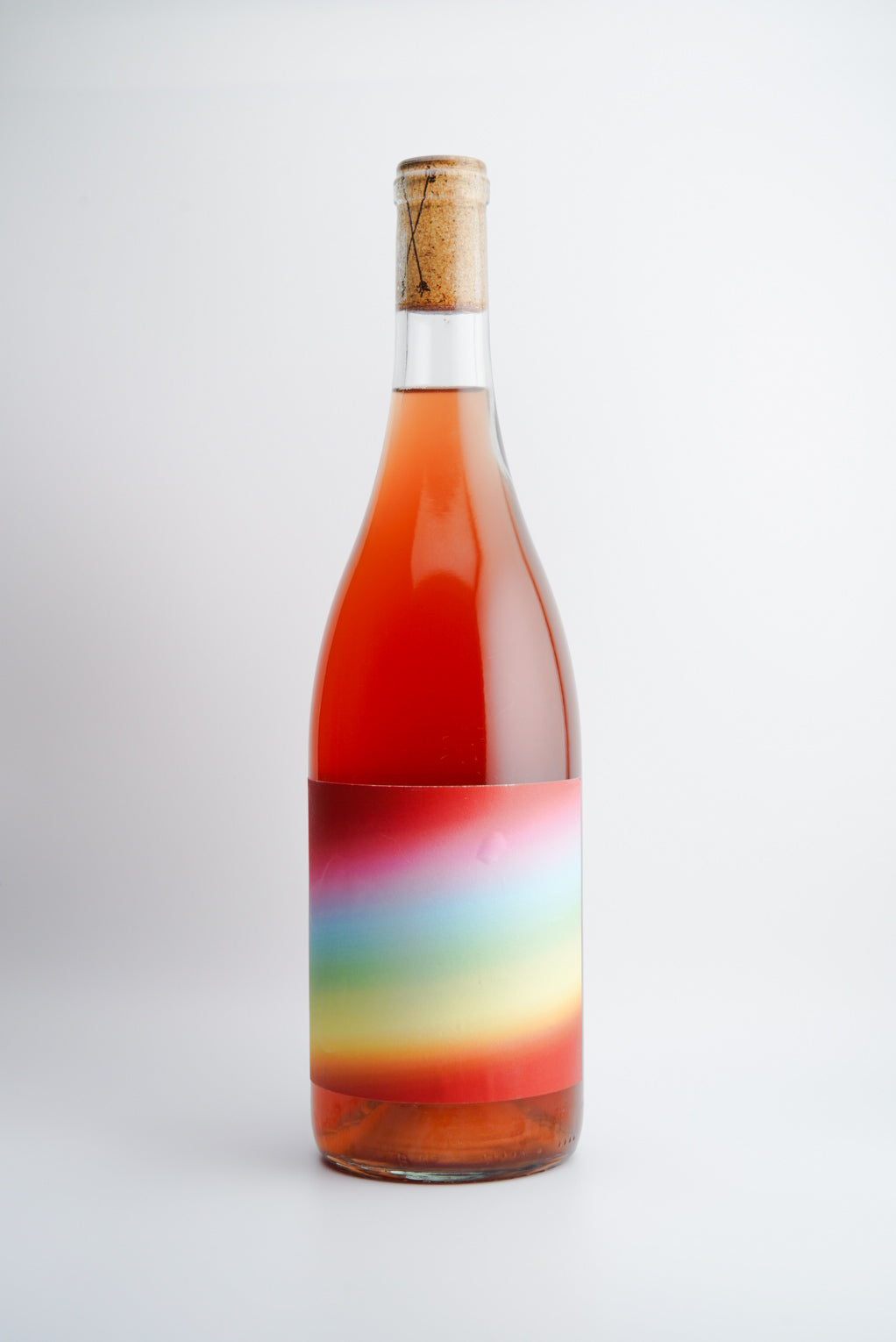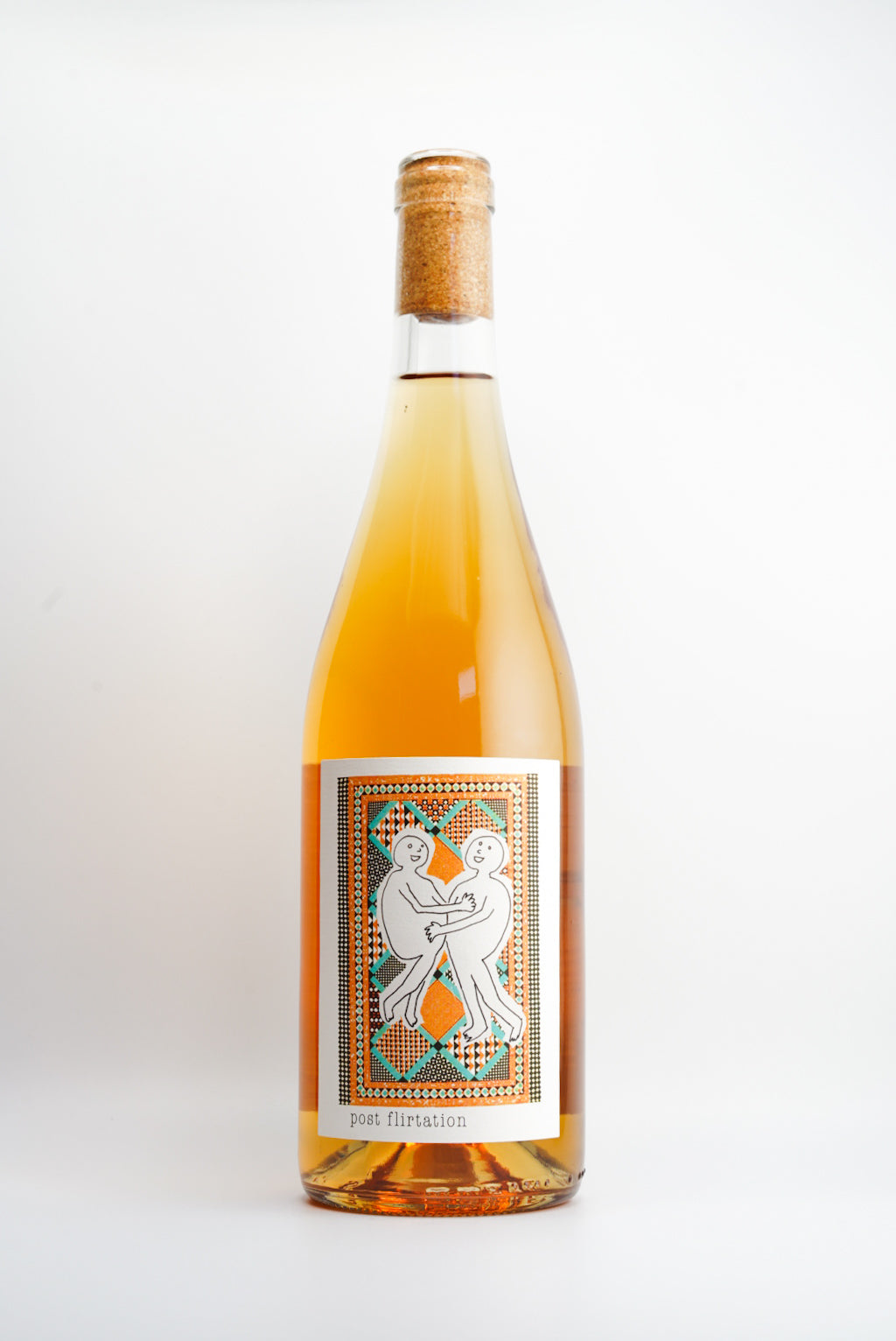When is the best time to harvest grapes for wine?

What's Below:
Vineyard Planning & Establishment |
The Annual Grapevine Lifecycle |
A very common question we hear (and have asked) at almost every winery we visit & tour: "When is the best time to harvest grapes for wine?" The answers is always long and nuanced, but maybe the most important question in all of winemaking: "When should we Harvest this year?"
Yes, the decision of when to harvest is perhaps the single most crucial choice a winemaking team makes each year—one that cannot be undone and that shapes everything that follows for however long that wine remains in existence. While winemakers may seem to have a sixth sense about picking dates (and they do...) their decisions are founded mostly on careful observation, measurement, and experience.
"In order to determine the optimal harvest time, a winemaker, vineyard manager, or vigneron (when one person performs both roles) must carefully observe the year-long lifecycle of the vine and interpret the signals it provides. Let's explore these indicators in detail:
Vineyard Planning & Site Selection
Before a single vine is planted, the most important decisions have already been made. These foundational choices will influence every grapevine that grows in the decades (and centuries) to follow.
Climate & Site Selection
Successful vineyard establishment begins with matching grape varieties to the appropriate growing environment. Winemakers must consider:
Macroclimate: The broader regional climate patterns
Mesoclimate: The specific climate of the vineyard site
Microclimate: The environment immediately surrounding the vines
A hillside with southern exposure might be ideal in cooler regions to maximize sun exposure, while northern slopes could prevent overripening in warmer areas. The concept of "terroir"—that unique combination of soil, climate, and topography—begins with these choices.
Variety & Clone Selection
Once the site is selected, choosing which grape varieties and specific clones will thrive in that particular environment becomes critical. This decision considers:
Historical performance of varieties in similar conditions
Climate compatibility (heat accumulation, frost risk, etc.)
Soil compatibility (drainage, mineral content, pH, soil type)
Target wine style and market demand
Vineyard Design & Density
The physical layout of the vineyard has profound implications for quality, and through trial and error, vignerons have found that some grapes just prefer different layouts, vine densities, etc., making their decision even more complex:
Row orientation: Typically north-south to maximize sun exposure
Vine density: From sparse (600 vines/acre) to dense (2,500+ vines/acre)
Training system: How the vine's permanent structure will be formed
Trellising system: How the vine's annual growth will be positioned
As wine importer Kermit Lynch noted: "Vignerons talk about their vineyards the way others talk about their children." This careful planning reflects the deep commitment required before a single grape is grown.
The First Three Years
The crazy thing is that when a winemaking team finally gets through all the research steps and get around to planting a vineyard, they then have to wait three full years before they can even make their first wine (and some even throw that out due to quality)! Lets look at these years quickly:
Year One: Establishment
The first year focuses entirely on root development and establishing the young vine. Any flowers that appear are removed to direct energy toward building a strong foundation. Irrigation here is essential, and vines like water.
Year Two: Training
During the second year, the permanent structure of the vine begins to take shape through careful pruning and training. Most quality-focused vineyards continue to remove flower clusters, sacrificing immediate yields for long-term quality.
Year Three: First Limited Harvest
By the third year, vines are typically strong enough to support a limited crop. While not yet at full production capacity, this first meaningful harvest begins to reveal the character of the vineyard. 2 to 3 more years and the grape vine can start to be weened off water if dry farming is in the future for this team.
The Annual Grapevine Lifecycle: Dormancy & Winter Pruning
Once established, grapevines follow an annual cycle that begins with winter dormancy.
Winter Dormancy (December-February in Northern Hemisphere)
During winter, vines enter dormancy—a period of rest when energy reserves are stored in the woody portions of the vine. While the vineyard appears lifeless, critical work happens during this period:
Pruning: The most important vineyard task of the year
Cane selection: Choosing which woody portions will bear the next season's fruit
Balancing: Determining how many buds to leave, directly affecting crop levels
Pruning philosophy varies dramatically by region and style. Burgundian vineyards might leave just 5-8 buds per plant for concentrated flavors, while other regions might leave 40+ buds for higher yields.
Bud Break & Spring Growth

Bud Break (March-April in Northern Hemisphere)
As soil temperatures warm above 50°F (10°C), the dormant vines awaken. Sap begins to flow, and the first green shoots emerge from the buds left during winter pruning. This vulnerable period presents several challenges which can leave a winery cropless if the stars align...in a bad way:
Spring frost and inclement weather: Temperatures below 32°F (0°C) can destroy emerging shoots and high winds and/or hail can devastate a new crop.
Frost protection: Wind machines, sprinklers, and even burning straw bales between rows
Early pest pressure: Cutworms and other early-season pests
Rapid Spring Growth (April-May)
Once bud break occurs, vines enter a period of explosive vegetative growth. Shoots can grow several inches per day under ideal conditions. During this period, vineyard management focuses on:
Shoot thinning: Removing excess shoots to balance the vine
Shoot positioning: Training new growth along the trellis system
Cover crop management: Controlling competing vegetation by whacking, crimping, or sprays
Flowering & Fruit Set
Flowering (May-June)
About 6-8 weeks after bud break, tiny flower clusters appear. These inconspicuous flowers are self-pollinating and tremendously important—each successfully pollinated flower will become a grape berry.
Flowering is a critical and vulnerable phase:
Weather threats: Rain, wind, or extreme temperatures can disrupt pollination
"Coulure": A condition where flowers fail to set fruit
"Millerandage": Uneven berry development within clusters
Fruit Set (June)
When pollination is successful, tiny green berries begin to form. This "fruit set" gives the first indication of potential crop size. Vineyard managers assess:
Cluster count: How many clusters formed per vine
Berry count: How many berries per cluster
Evenness: How uniform the berries are within each cluster
Many premium vineyards perform a "green harvest" at this stage, removing excess clusters to focus the vine's energy on fewer, higher-quality grapes.
Veraison & Ripening
Veraison (July-August)

Approximately 40-50 days after fruit set, grapes begin changing color—a process called veraison. Red varieties transform from green to purple, while white varieties become more translucent and golden. This visual transformation marks the beginning of ripening and signals that harvest is 30-70 days away.
During veraison, several critical changes occur within the grapes:
Sugar accumulation: Dramatically increases
Acid levels: Begin to decrease
Phenolic compounds: Begin developing (tannins, anthocyanins)
Flavor precursors: Start forming
Ripening Period (August-October)
The weeks between veraison and harvest are when grapes develop their varietal character and complexity. Vineyard management during this period focuses on:
Canopy management: Balancing sun exposure and shade
Water management: Using controlled water stress to concentrate flavors
Crop thinning: Final adjustments to crop load for quality
Bird and pest protection: Netting and other protective measures
The Moment of Truth: Data Driven vs. Intuition

As harvest approaches, vineyard managers begin daily sampling to determine the optimal picking date. This involves both objective measurements and subjective assessment:
Technical Measurements
Sugar levels (Brix): Measured with a refractometer, indicating potential alcohol content (because yeast turn sugar into alcohol)
Acidity: Both pH and titratable acidity help predict how the wine will taste and age.
Seed color and texture: Brown, crunchy seeds indicate phenolic ripeness and result in tannin profiles in the wine
Skin tannins: Chewing skins helps assess tannin development
Balance: All the factors above are weighed together in order to make the most balanced wine possible. No one thing can overpower the others and together the sum is greater than the parts.
The Taste Test
Experienced vignerons rely as much on taste and touch as on measurements:
Flavor development and acid profile: Has the fruit moved beyond simple "grape" flavor to the complex characteristics of the variety? Is the grape underripe, ripe, or overripe? Most quality teams will harvest towards the underripe category to retain a wines freshness.
Skin texture: Does it separate easily from the pulp or still cling tightly?
Pulp consistency: Has it developed the proper viscosity?
Stem lignification: Have the stems "woodened" appropriately?
External Factors Affecting Harvest
The decision of when to harvest is further complicated by external pressures:
Weather Concerns
Rain forecasts: Approaching rain can dilute flavors and promote rot
Heat waves: Sudden temperature spikes can cause rapid sugar development without corresponding flavor development
Cold snaps: Early frost threats might necessitate harvesting before ideal ripeness
Practical Considerations
Labor availability: Having enough skilled pickers ready at the perfect moment
Cellar capacity: Coordination of tank space and processing equipment
Block ripening patterns: Different sections of the vineyard ripen at different rates
Different Grapes, Different Timing

Harvest timing varies dramatically by variety and intended wine style:
Early Season Grapes
Sparkling Wine Base: Often harvested at lower sugar levels (17-19° Brix) to preserve acidity
Sauvignon Blanc, Pinot Grigio: These aromatic whites are typically harvested next
Mid-Season Grapes
Chardonnay, Merlot: Timing depends significantly on the intended style
Sangiovese, Tempranillo: These Mediterranean varieties typically reach optimal ripeness in the heart of harvest season
Late Season Grapes
Cabernet Sauvignon, Syrah: These thick-skinned varieties often require extended hang time
Zinfandel, Grenache: These varieties often ripen unevenly, requiring skilled assessment
Vineyard Threats & Protection
Throughout the growing season, vineyards face numerous threats that can jeopardize the entire harvest. Experienced vignerons employ various protective measures:
Frost Protection
Spring frost can devastate emerging buds and young shoots. Protection methods include:
Wind machines: Mixing warmer air above with colder air at ground level
Overhead sprinklers: Creating a protective ice layer that releases heat as it forms
Burning straw bales or smudge pots: Creating warmer air between rows
Site selection: Planting on slopes where cold air can drain away
Disease Management
Various fungal diseases threaten vineyards throughout the growing season:
Powdery mildew: Requires preventative spraying regimens
Downy mildew: Often follows rain events
Botrytis (gray rot): Can be either devastating or beneficial (noble rot) depending on timing
Pest Protection
Birds: Netting protects ripening fruit
Insects: Integrated pest management techniques
Mammals: Fencing against deer and other wildlife
Now it's time to Harvest

When the moment finally arrives—harvest is a mad dash to get all the fruit in as fast as possible:
Timing is Everything
Pre-dawn picking: Usually the case for any quality focused wine operation if weather permits
Block-by-block progression: Vineyard sections are harvested sequentially as each reaches optimal ripeness
Precision Matters
Selective harvesting: Quality-focused vineyards often make multiple passes through the same rows
Gentle handling: Careful practices which prevent premature crushing will lead to the best wine, however this is the most expensive route. High volume commercial wineries will opt for destructive machines here, sacrificing quality to obtain bulk volumes and a cheaper shelf price.
Rapid transport: The journey from vine to winery is kept as brief as possible so bad bacteria and yeasts don't invade the grapes and so oxidizing is kept to a minimum.
Nature shifts the work over to the winemaker
Now that nature has done her work, it's now time for the human to have a go:
The Winery Transition
Sorting: Removing any suboptimal fruit either by hand or fancy machine.
Processing decisions: Whole cluster versus destemming, press fractions for whites, cold soaking for reds (could write a whole blog about this and the implications..)
The Legacy of Harvest
Vintage expression: The specific conditions of each growing season become permanently expressed in the wine
Terroir translation: Proper harvest timing and decisions through out the year and years allows the unique characteristics of the vineyard site to shine through in the glass
Working in my wine shop has given me the opportunity to taste through vertical tastings of the same wine across multiple vintages, revealing how these harvest decisions are captured in each bottle—like time capsules of that particular growing season, all with a common signature from the site.
Conclusion
When you're enjoying a glass of wine, consider that what's in your glass represents an entire agricultural cycle and countless decisions. As someone who spends my days surrounded by bottles in my shop, I've come to appreciate that each vintage tells a story of that particular growing season and the family that created it.
Grape farming sits at a fascinating intersection of science, agricultural knowledge, and adaptability. The harvest decision represents the culmination of a year's work—balancing measurements of sugar and acid with subjective assessments of flavor development, all while navigating unpredictable weather patterns and logistical constraints.
This understanding doesn't need to complicate your enjoyment of wine, but it can add an interesting dimension to the experience. That date on the bottle label? It's a timestamp of specific growing conditions that can never be precisely replicated.
Whether you're analyzing every aspect of terroir or simply enjoying a Tuesday night glass, there's something remarkable about how grapevines transform sunlight, water, and soil into such diverse expressions of flavor. To the farmers who nurture these vines year after year: your work doesn't go unnoticed.

